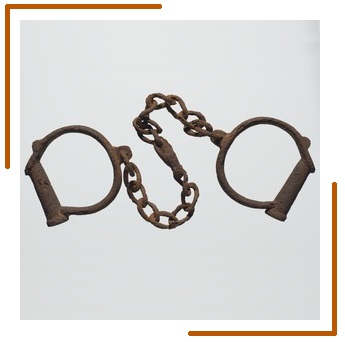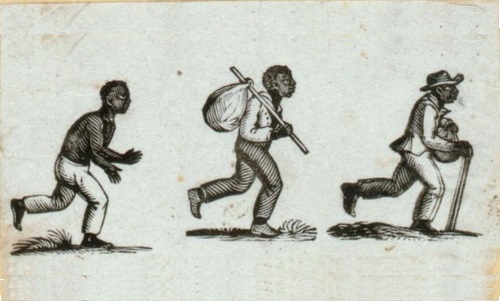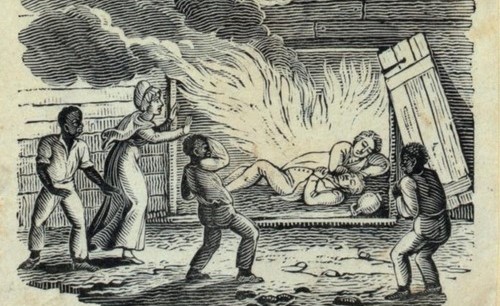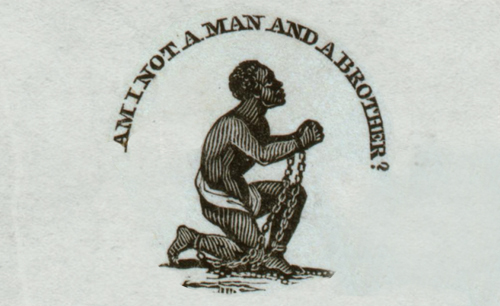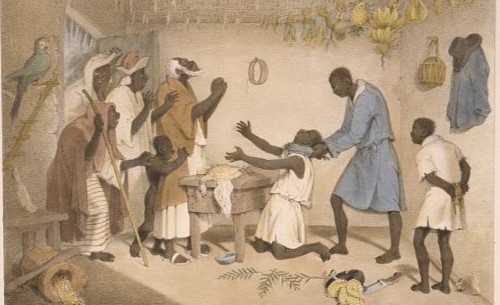During the 17th and 18th centuries, enslaved people of color in North Carolina resisted the conditions of their servitude in a variety of ways. Containing selected records such as petitions, court records, letters, and depositions, this exhibit demonstrates how North Carolinian people of color pursued their own freedom through both legal and extralegal means.
Keep Scrolling to Learn More
Enslaved North Carolinians By the Numbers
Estimated Population in 1767
Transcribed
Included Within the Records
How did Enslaved North Carolinians Resist?
The banner for this exhibit, an engraving by Alexander Anderson of African American men running away, as well as the images for the "Running Away," "Violence," and "Freedom Petitions" sections of this exhibit, are all from the Alexander Anderson Scrapbooks, Miriam and Ira D. Wallach Division of Art, Prints and Photographs: Print Collection, The New York Public Library. New York Public Library Digital Collections. (Accessed 4 March 2025).
The icon for this exhibit, a set of rusted iron shackles, is courtesy of the Smithsonian National Museum of African American History and Culture.
The image for the "Witchcraft and Poison" section of this exhibit, a lithograph of a scene of African people practicing magic, is courtesy of the Library of Congress Prints and Photographs Division.

